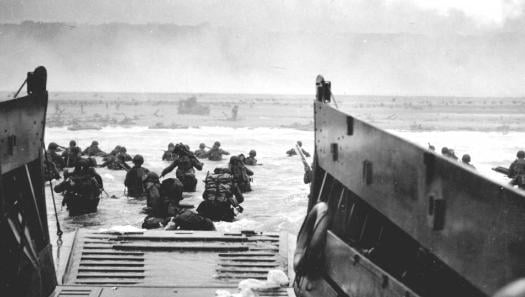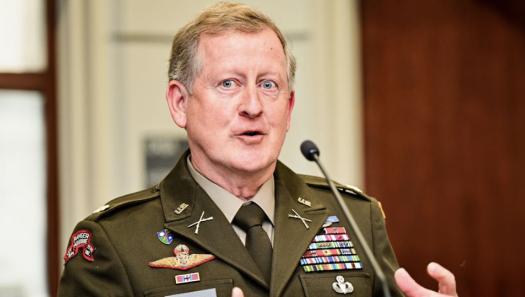Military & Veterans News
Vet News: Servicemembers Encouraged to Invest in Thrift Savings Plan
Rudi Williams, Air Force Link

WASHINGTON (AFPN) -- A money savvy servicemember serving in Iraq did not wait to get back home to buy a shiny new car with his $30,000 military re-enlistment bonus. Instead, he invested all of it into the Thrift Savings Plan.
"Assuming a 7-percent rate of return, his $30,000 is projected to be $345,000 by the time he reaches age 60," said Army Lt. Col. Janet Fenton, executive director of the Armed Forces Tax Council. "If he continues to contribute to TSP throughout his career, he could have more than $1 million saved by the time he retires."
A million dollars is not anything to sneeze at, but Colonel Fenton and other defense officials see a big problem concerning TSP: Not enough servicemembers taking advantage of the program.
"We’re trying to convince people that TSP is a good vehicle for savings," Colonel Fenton said. "The great thing about TSP is that it’s tax-deferred in pretax dollar savings. So it comes out of your income, and you’re not taxed on it until you use that money later, hopefully in your retirement."
Colonel Fenton said the plan is also "a good idea for people who don’t plan to make a career of the military, because they can take their TSP with them when they leave active duty."
Those who leave active duty before retirement could roll their TSP into a 401K plan of a new civilian employer, she said. It could be put into an IRA, or even left in TSP, but no more funds could be added to the account.
"It would just sit there and grow, tax-deferred," Colonel Fenton said. "I think most people would want to roll it over into some other vehicle that they could continue to contribute to."
More than 220,000 servicemembers signed up for TSP in 2002, the first year the savings plan was opened to military personnel. That figure jumped to more than 390,000 at the end of the open season which ended in December.
That is a healthy increase, but defense officials would like to see thousands more servicemembers use TSP as one of their savings plans for the future, Colonel Fenton said.
"At the end of 2003, the Navy had 32.2 percent of its active duty force enrolled in TSP," Colonel Fenton said. "That’s significantly higher than the other services."
Thrift Investment Board statistics show that the Air Force is second with 21.2-percent participation. The Army has 15 percent. The Marine Corps has 20.2 percent. The Coast Guard has 19.2 percent.
Colonel Fenton said the other two uniformed services, the Public Health Service and the National Oceanic and Atmospheric Administration, also participate in TSP. The health service has 56.4-percent participation, and NOAA is at 68 percent.
Colonel Fenton thinks more sailors invest in TSP because the Navy does an excellent job of advertising the benefits of the plan.
"We’d like for the rest of the services to get information out to more and more servicemembers," she said. "Let them know that TSP is available, and ensure that they understand what it can do for them. At least (the services should) have the information available so they can make a choice.
"Servicemembers who leave active duty and join the National Guard or Reserve will still have TSP because they could invest in it whenever they’re on active duty," Colonel Fenton said. "They could even contribute a percentage of their weekend active-duty pay.
"Once they contribute, they’re putting in a percentage of their basic pay," Colonel Fenton said. "So every time they’re being paid basic pay, some percentage, whatever they selected, which is up to 9 percent, would go into their TSP."
The amount servicemembers are allowed to contribute and the percentage of pay they can invest increases annually. For example, through November, it was 8 percent; beginning in December, the limit is 9 percent. The annual total of tax-deferred contributions cannot exceed the Internal Revenue Code limit, which is $12,000 for 2003 and $13,000 for 2004.
Those who are contributing to TSP from their basic pay are allowed to contribute from 1 percent to 100 percent of any incentive or special pay, including bonus pay.
SOURCE: VNIS


